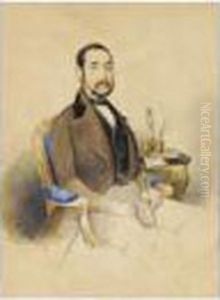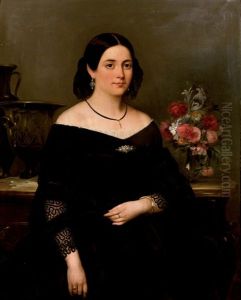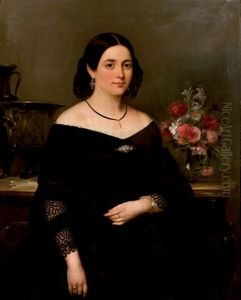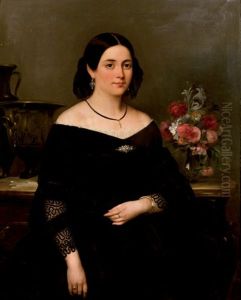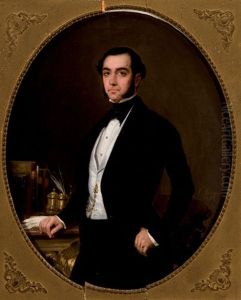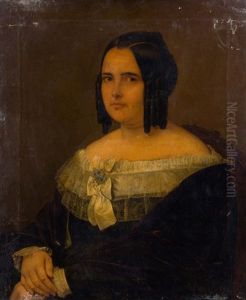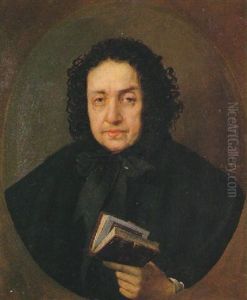Luis Ferrant Y Llausas Paintings
Luis Ferrant y Llausás was a notable Spanish painter associated with the Romantic and Realist movements of the 19th century. Born in Barcelona, Catalonia, on January 12, 1836, Ferrant y Llausás displayed an early interest in art which was nurtured through his formal education. He studied at the Escola de la Llotja in Barcelona where he was influenced by the works of the old masters, as well as by contemporary artists of his time.
As a young artist, Ferrant y Llausás was especially drawn to historical and religious subjects, often incorporating dramatic lighting and composition in his works, which were characteristic of the Romantic sensibility. He traveled to Rome, which was a common practice for artists of his era to study classical and Renaissance artworks, enriching his technique and perspective.
Throughout his career, Ferrant y Llausás received recognition for his artistic talents. He participated in numerous exhibitions, including the National Exhibition of Fine Arts (Exposición Nacional de Bellas Artes) in Madrid, where he won awards for his paintings. His works were also exhibited internationally, gaining him further acclaim.
As the 19th century progressed, Ferrant y Llausás, like many of his contemporaries, began to incorporate elements of Realism into his art. This shift reflected an interest in depicting modern life and society with a more naturalistic approach. His later works often focused on capturing the everyday lives of people, the landscapes of Catalonia, and the urban changes happening in Barcelona during his lifetime.
Despite his success, Ferrant y Llausás remained deeply connected to his native Catalonia, contributing to the cultural and artistic life of the region. He was part of the artistic circles that laid the groundwork for the development of modern Catalan art, influencing younger generations of artists.
Luis Ferrant y Llausás passed away on April 13, 1916, in his hometown of Barcelona. His legacy is preserved in his paintings, which can be found in various museums and private collections. They continue to be appreciated for their historical value and their representation of 19th-century Spanish art.

